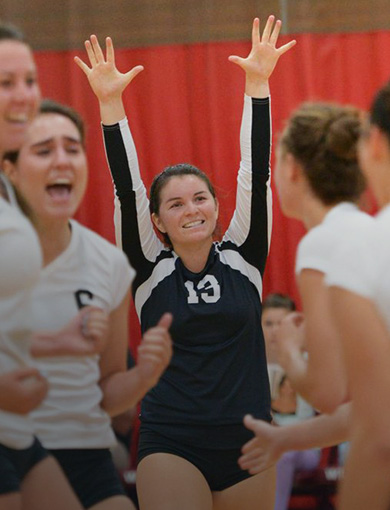Common Knee Injuries
The knee is the largest weight-bearing joint in the body and is comprised of many parts, which can be easily injured. Trauma can result in a strain, sprain, ligament tear, and muscle and tendon injuries. As you age, osteoarthritis can destroy the cartilage in your knee.
Typical symptoms are pain and swelling, difficulty bearing weight and bending the knee. Knee instability is often an indication of damage to the cartilage or meniscus.
Many knee injuries can be treated without surgery. The key is proper diagnosis. The specialists at Orthopedic Associates of Northern California in Chico and Paradise, CA offer a range of nonsurgical treatment options designed to get you back to your life. When surgery is indicated, minimally invasive arthroscopic surgery may be available to you. Minimally invasive surgery offers less pain, shorter recovery times and lower risk.
Ligament injuries
Ligament injuries include sprains and strains.
- Ligament Sprains – A knee sprain is a stretched ligament. Sprains result from to sudden, acute trauma, overuse or repetitive stress. Sprains are usually the result of a sudden twist of the knee while the foot is firmly planted. Any activity that involves extending the knee beyond its normal range of motion can cause a sprain. The ACL ligament is the most commonly injured knee ligament.
- Ligament tears – When a ligament is stretched beyond its capacity, it will tear, much like when a rubber band is stretched until it snaps. A significant tear or complete rupture may require surgery to repair the damage and restore stability and full range of motion.
Tendon and Muscle Injuries
- Tendonitis – Tendonitis is a common cause of knee pain. Tendonitis is inflammation of a knee tendon, which is often caused by overuse.
- Tendon Tears – Tears of the quadriceps and patellar tendons are common in middle-aged people who play running and jumping sports, when they fall or are hit with a direct force on the front of the knee. The tear may be complete or partial. A complete tear of either tendon will result in the inability to straighten the knee. A tear can also result from severe overstretching of the tendon. Some chronic illnesses weaken tendons and predispose the patient to a tendon tear.
- Muscle Strains – Strong, flexible muscles are the best way to reduce stress on the knee. Muscle strains are known as pulled muscles. Pulled muscles are common sports injuries. A pulled muscle happens when the muscle is stretched beyond its limit, and tears muscle fibers. Pulled hamstring and quadriceps muscles are very painful. Most can heal well with nonsurgical treatment, but a prior strain makes the muscles susceptible to reinjury.
Cartilage Injuries
Cartilage injuries can accompany knee ligament injuries. The cartilage can also be damaged by wear and tear from overuse and repetitive strain on the joint.
Loose bodies are fragments of injured cartilage that breaks free and floats in the joint. Loose bodies can result from damaged cartilage at the ends of the bone in the knee joint or from a part of the meniscus tearing off. Loose bodies can cause significant damage to the surrounding knee structures.
Damage to the meniscus tear often accompanies damage to the knee ligaments.
Orthopedic Associates of Northern California’s office is located in Chico, CA. We look forward to providing you with compassionate, patient-centered care based on your needs. The team at Orthopedic Associates of Northern California is deeply committed to your health and well-being. Contact us to get the correct diagnosis and learn about all your treatment options.





